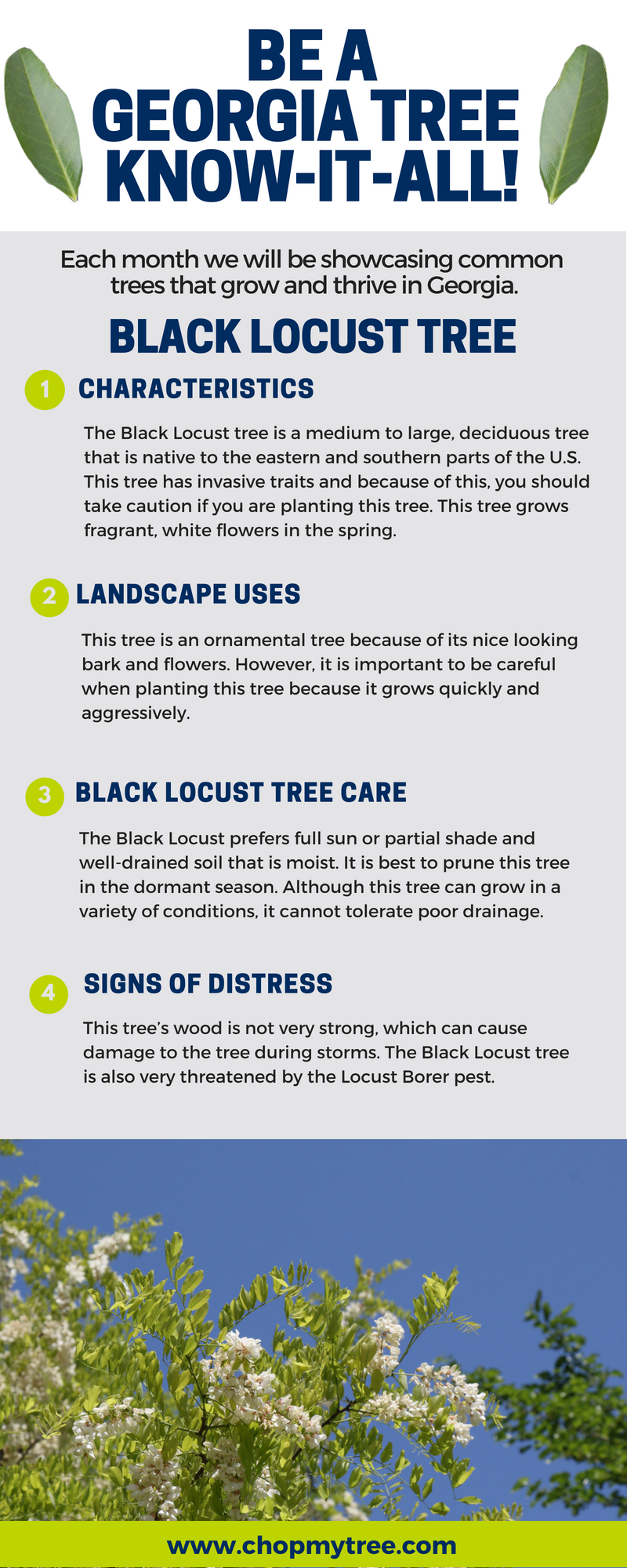The Environmental Ramifications Of Logging: Vital Truths To Be Knowledgeable About
The Environmental Ramifications Of Logging: Vital Truths To Be Knowledgeable About
Blog Article
Content Written By-Dickey Diaz
When it comes to the ecological impact of tree elimination, there are critical elements that require your interest. From the detailed internet of relationships within ecological communities to the succeeding effects on environment patterns, the consequences are profound. You might be shocked to discover the detailed methods which the elimination of trees can resound throughout the environment. Remain tuned to decipher the complex links and effects of this apparently straightforward act.
Deforestation and Habitat Loss
Logging and environment loss are crucial concerns coming from tree elimination. When trees are reduced, it interrupts whole ecological communities. Not only are the trees themselves lost, yet the homes and food sources of numerous plant and pet types are destroyed as well. Birds lose their nesting sites, mammals lose their sanctuary, and pests shed their environments. The results ripple with the food web, impacting killers and victim alike.
Moreover, logging contributes to environment modification. Trees play an essential role in taking in carbon dioxide, a greenhouse gas that traps heat in the ambience. With less trees, there's much less carbon dioxide absorption, leading to raised degrees of this gas in the ambience and worsening international warming.
Environment loss is a direct result of deforestation, as the damage of woodlands implies the loss of special and diverse ecosystems. Several types are not able to adjust to fast changes in their atmosphere, resulting in population decreases and, in some cases, termination.
Safeguarding woodlands is necessary to maintaining the delicate balance of nature and guaranteeing the survival of many plant and animal species.
Impact on Biodiversity
The removal of trees has a considerable impact on biodiversity, affecting the range and abundance of plant and pet types in a location. https://ricardogyiug.like-blogs.com/32855768/the-future-of-trees-just-how-to-determine-when-elimination-is-called-for provide habitat and food resources for numerous organisms, from pests to birds to animals. When trees are eliminated, these species lose their homes and resources of nourishment, resulting in a decline in their populations. This disturbance can have plunging impacts on the entire ecosystem.
Additionally, trees play a crucial function in keeping biodiversity by producing microhabitats within their canopies, trunks, and origins that sustain a wide range of species. When trees are cut down, these specialized atmospheres are destroyed, reducing the general diversity of the location.
In go here , the removal of trees can result in a decline in genetic diversity within plant populaces, as particular tree types may no more be able to duplicate or disperse efficiently. Protecting trees and forests is vital for protecting biodiversity and making sure the health and wellness of ecological communities for future generations.
Soil Erosion and Environment Change
With trees being eliminated from an area, the disruption of dirt structure and stability takes place, resulting in raised soil disintegration. Trees play an important function in protecting against erosion by holding soil in position with their root systems. When trees are removed, particularly in large numbers, the dirt becomes extra prone to disintegration from wind and water. This disintegration not just impacts the instant environments however can additionally lead to sedimentation in neighboring water bodies, affecting water quality and marine ecological communities.
Furthermore, trees help regulate the environment by absorbing co2 throughout photosynthesis. When trees are lowered, this all-natural carbon sink is lessened, adding to increased levels of greenhouse gases in the environment. This can intensify climate adjustment, leading to even more extreme climate events and disruptions in ecological communities worldwide.
As a result, the removal of trees not just increases soil disintegration but likewise contributes in the larger ecological issue of climate adjustment. It's essential to think about these factors when examining the impacts of tree removal on the setting.
Conclusion
Now that you know the ecological influence of tree elimination, take into consideration the consequences before reducing trees. Deforestation interferes with ecosystems, minimizes biodiversity, and adds to soil disintegration and environment adjustment. By being mindful of the effect of tree removal, you can aid secure our setting and maintain the delicate equilibrium of nature. Make educated options and take into consideration alternate solutions to reduce the unfavorable impacts on our world.
